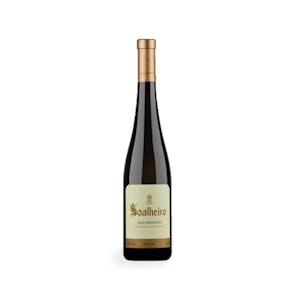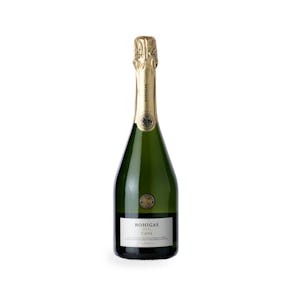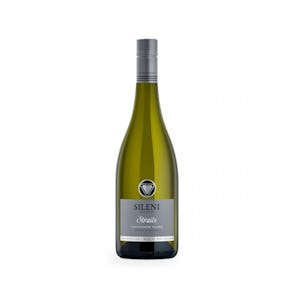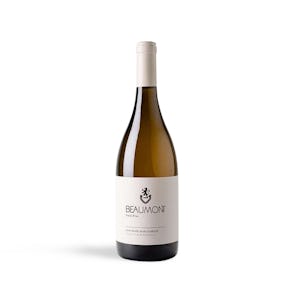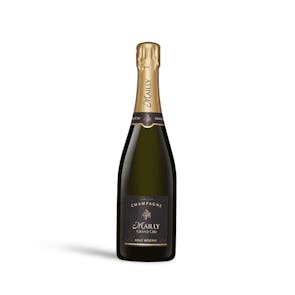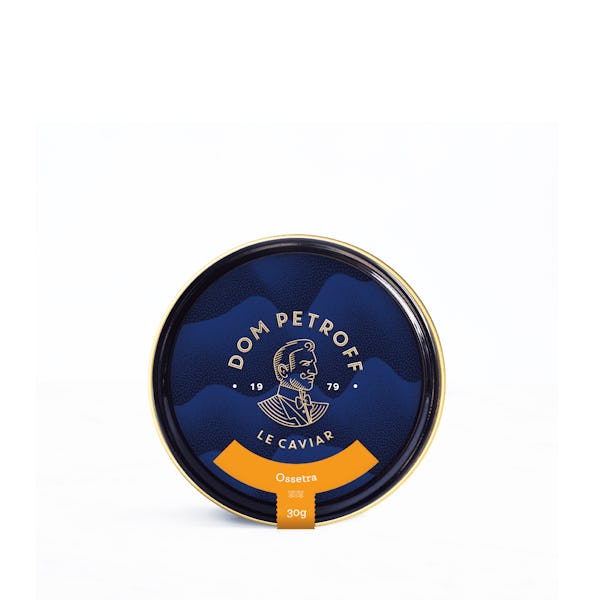
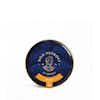
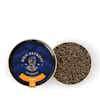
TASTING NOTES FROM THE CURATOR
Imperial Ossetra caviar comes from the most mature Ossetra sturgeon (Acipenser gueldenstaedtii), a feat that requires 11 years of aquaculture. This gem among caviars is pale golden in color, with a smooth, creamy, delicate flavor. It carries an aromatic finish with hints of dried fruit and toasted grains. The pearls are medium in size and are of firm, juicy texture, an expressive overflow of Old-World grace and elegance.
PREPARATION OR PAIRINGS
Alexandre Petrossian, third-generation vice president of Petrossian Caviar, advises having your caviar with Champagne or ice-cold vodka. “Avoid a heavier red or white wine with caviar,” he says. “It will compete with the flavor.” Use wood, mother-of-pearl, or plastic spoons with your caviar, never steel. The latter will taint the caviar’s flavor. Though traditionally eaten on its own, caviar can be accompanied by toast points, cold boiled baby potatoes, or blinis. Sour cream and chives make an excellent bed to serve them on.
PRIZED FOR ITS FLAVOR
One of the most expensive and prized caviar types, Ossetra (also called Oscietra, Osetra, or Aesetra) caviar is eclipsed only by Beluga. They vary in color from deep brown to gold and the Imperial or Golden Ossetra is the rarest and most flavorful. The word Ossetra comes from Russian word “осетра”, meaning “of sturgeon”. In the history of black caviar, Ossetra was once only used to refer to fish caught in Imperial Russia, then the USSR, and today’s Russian Federation. The fish and its roe are made more precious by the year as their numbers, farmed or otherwise, are in slow decline.
Storage Instructions
Keep your unopened tin of caviar refrigerated at a chilly -1 to 4°C for up to 4 weeks. Take it out of the fridge 10 to 15 minutes before serving. If you’re setting it out for a long cocktail party or dinner service, leave it in the original tin, nestled in a bowl of crushed ice to keep it cool. An open tin of caviar must be consumed within 2 to 3 days.


